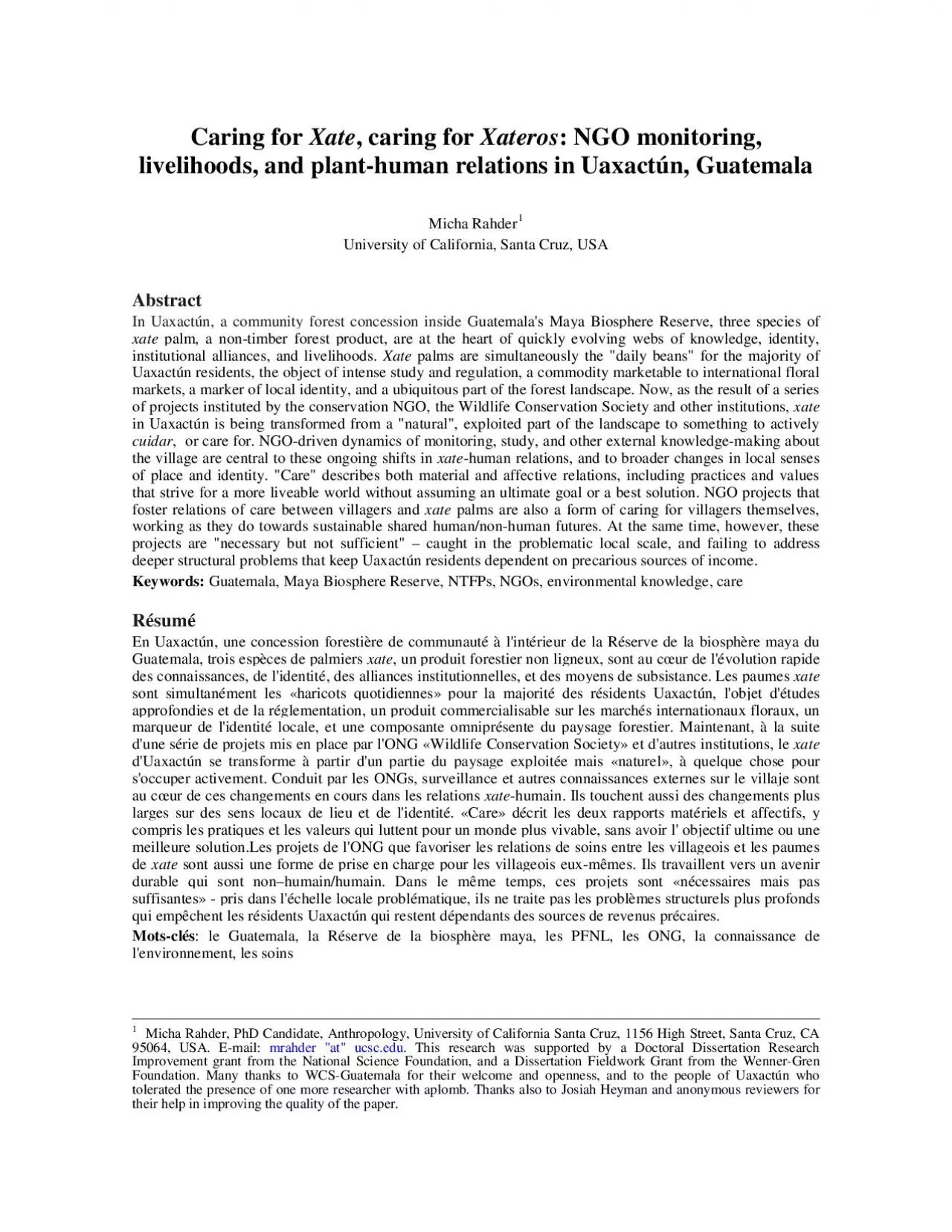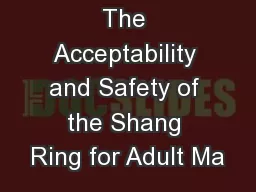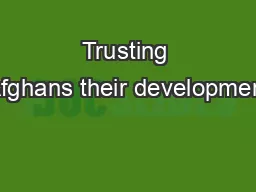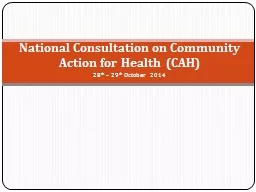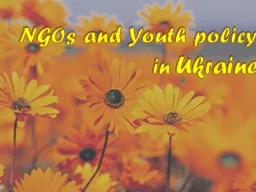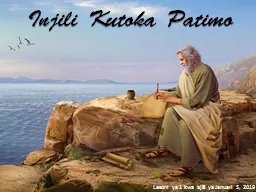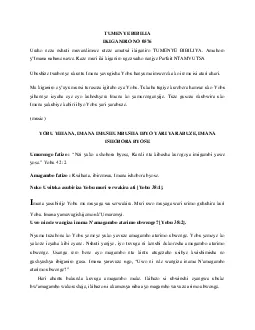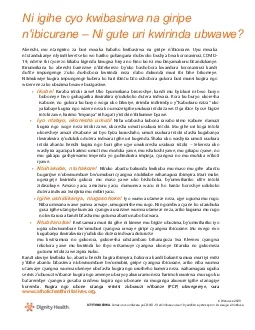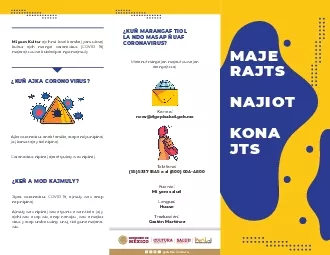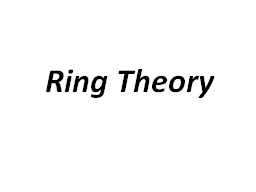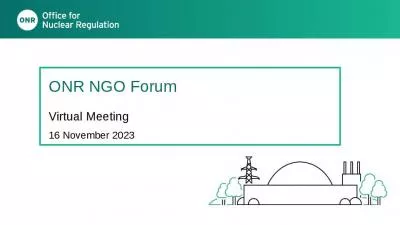PDF-ring for Xatearing for Xateros: NGO onitoringlivelihoods, and planthum
Author : priscilla | Published Date : 2021-01-05
Abstract In Uaxactún a community forest concession inside Guatemalas Maya Biosphere Reserve three species of xatepalm a nontimber forest product are at the heart
Presentation Embed Code
Download Presentation
Download Presentation The PPT/PDF document "ring for Xatearing for Xateros: NGO onit..." is the property of its rightful owner. Permission is granted to download and print the materials on this website for personal, non-commercial use only, and to display it on your personal computer provided you do not modify the materials and that you retain all copyright notices contained in the materials. By downloading content from our website, you accept the terms of this agreement.
ring for Xatearing for Xateros: NGO onitoringlivelihoods, and planthum: Transcript
Download Rules Of Document
"ring for Xatearing for Xateros: NGO onitoringlivelihoods, and planthum"The content belongs to its owner. You may download and print it for personal use, without modification, and keep all copyright notices. By downloading, you agree to these terms.
Related Documents

